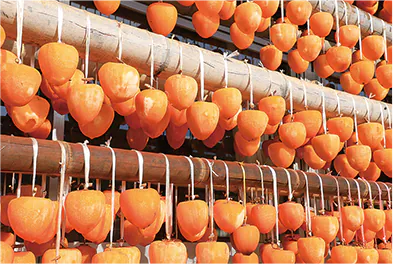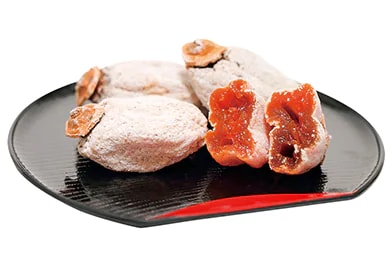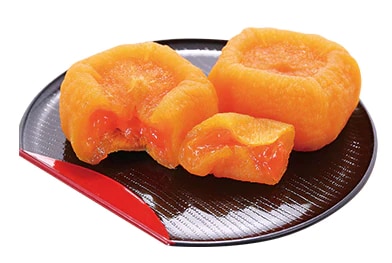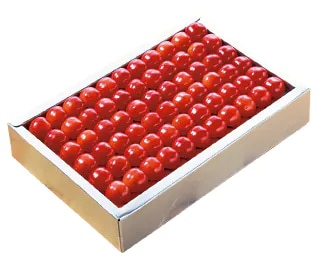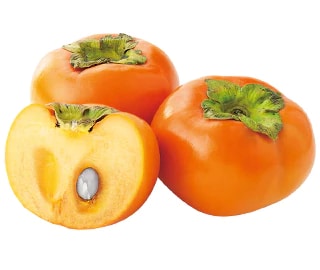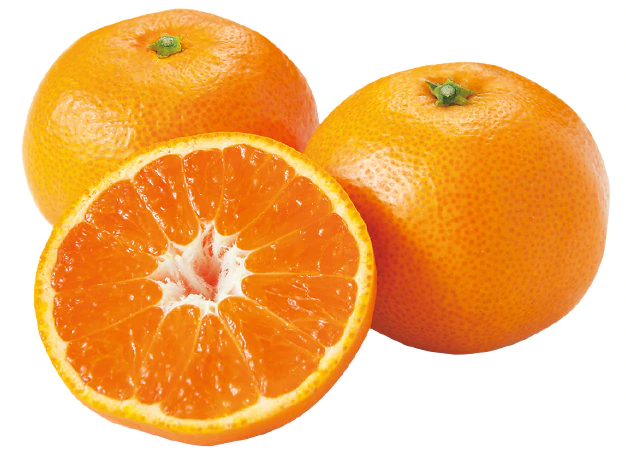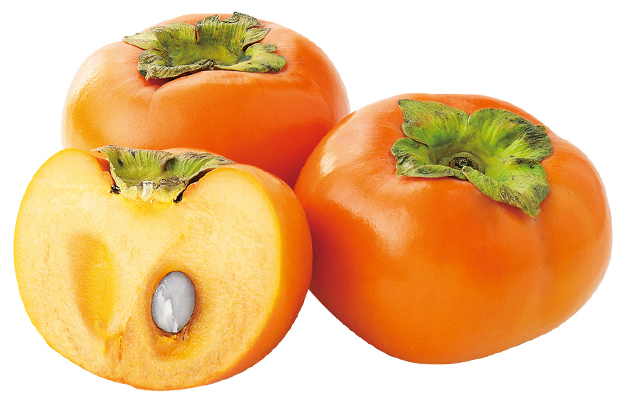
Known as the “fruit of autumn,” many varieties of persimmon, or kaki, are cultivated in Japan. Kaki are classified as astringent and non-astringent types: the former were introduced here from China in the Yayoi period (400 BC-300 AD); non-astringent kaki originated in Japan. Japanese kaki made inroads into Europe and the US after the seventeenth century, and are generally referred to as “kaki” rather than “persimmons.” This nutritious fruit contains beta-carotene, potassium and twice as much Vitamin C as citrus fruit. Fermented astringent kaki juice, kakishibu, traditionally has been used to dye fabric and paper, as it imparts strengthening, antiseptic and water-resistant qualities.
Non-astringent kaki are eaten fresh after being peeled. Astringent varieties are enjoyed after reducing their astringency, either with shochu or by air-drying. Hoshigaki air-dried kaki are often made at home by peeling and blanching the fruit, then hanging it outside for two weeks to a month. During the drying process, a natural coating of white sugar crystals forms on the fruit surface and the hoshigaki acquires a concentrated sweetness. One type of hoshigaki is ampo-gaki, made by fumigating with sulfur before drying. This generates a distinctive, jelly-like texture with melting sweetness. Kaki are used to make wagashi Japanese confectionery, and are also added to salads and aemono dishes.
